31 Ways Your Heart Is Not Working Correctly, Say Doctors
Discover the symptoms—and the causes—of heart disease before it strikes you.

Being #1 is usually a good thing. Not when it comes to heart disease. According to the Centers for Disease Control and Prevention, heart disease is the leading cause of death in the United States, causing a whopping one in four deaths. The term “heart disease” can be confusing, as it refers to several types of heart conditions you should know about. Click through to learn about the symptoms—and the various forms of the disease—so you don’t become another statistic.
1
Your Heart Skips A Beat or There Are Extra Beats
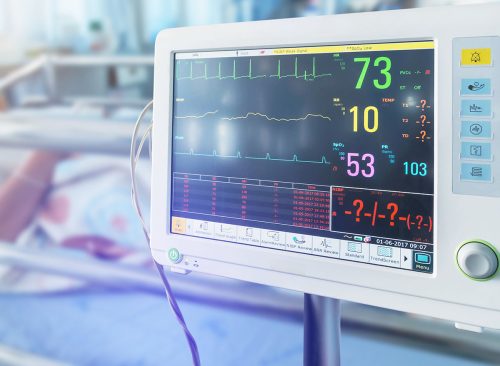
One of the most significant indicators that your heart is working incorrectly is if it feels like something is up. “Your heart has an electrical system that usually triggers once or twice per second, prompting the different chambers to contract in a coordinated way. Sometimes, part of the heart outside that system can trigger an extra beat on its own. Because the chambers don’t contract in the usual coordinated fashion, it feels different in your chest,” Christopher Kelly, MD, a cardiologist with North Carolina Heart & Vascular at UNC REX in Raleigh, NC, explains. If this happens often, it’s typically a sign of poor sleep, stress, too much alcohol or caffeine, or exposure to certain decongestants (like Sudafed-D). “If you fix those issues and your symptoms continue, or the extra beats are really frequent and bothersome, get checked out,” he suggests.
2
You Feel Chest Pain When You Exercise

Your heart shouldn’t be struggling too hard when you are exercising. If it is, that is a major indicator that one of the arteries supplying your heart muscle with blood has gotten blocked, says Dr. Kelly. “The heart is trying to pump harder and faster to deliver your working muscles blood. As a result, the heart needs more oxygen-rich blood to function, but the arteries supplying that blood are blocked and can’t deliver,” he says. If you notice this occurring, he suggests slowing down with the exercise until you can see your doctor for a stress test.
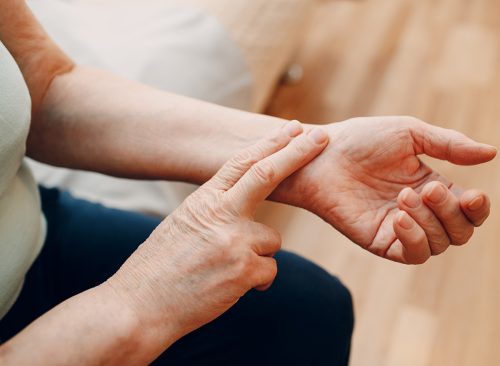
Consider investing in a pulse tracker. While it’s normal for your pulse to drop into the 50s or even 40s when you sleep at night, it may also be generally low if you’re an endurance athlete. If you notice it dropping suddenly during the daytime, you should see a doctor ASAP, suggests Dr. Kelly. “Your heart’s electrical system may be failing.”
4
You Feel Lightheaded

If you feel lightheaded, it could be because your pulse has slowed down, as mentioned above.
5
Tightening, Squeezing, or Burning in the Chest

If something feels simply not right in your chest, don’t hesitate to call your physician—especially if it occurs during activity or exercise—says Eli Friedman, MD, a cardiologist at Memorial Healthcare System.
6
Shortness of Breath
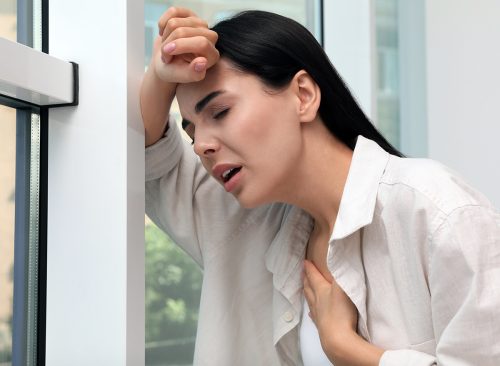
If you are having trouble catching your breath, it can be a sign that your heart is working overtime. “Abnormal, disproportionate, inappropriate shortness of breath—breathing that is out of proportion to the activity one is performing—is a sign that something is going on with your heart,” explains Dr. Friedman.
7
Difficulty Breathing While Lying Down

If there is one time you shouldn’t have a problem catching your breath, it is when you lie in bed at night. Dr. Friedman points out that if this is occurring, and you find yourself reaching for extra pillows to help with your breathing or if you are waking up breathless in the middle of the night, you should contact your doctor ASAP.
8
Losing Consciousness
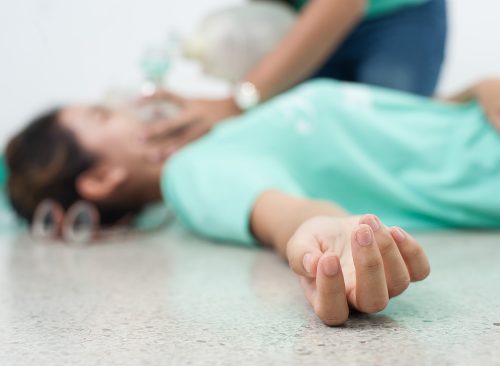
For more reasons than just your heart health, if you are feeling like you are going to lose consciousness—especially with activity—you should have it checked out immediately.
9
Leg or Belly Swelling
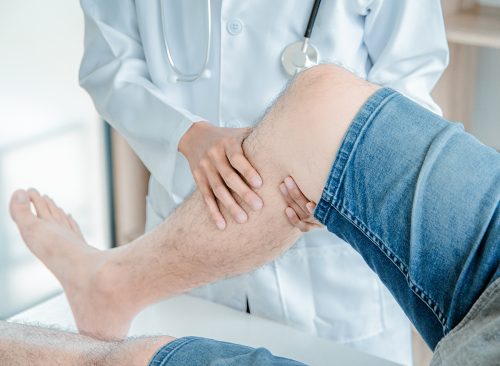
Swelling (edema) in your lower legs can be a sign that something is going on with your heart. This is because, when it isn’t working the way that it should, blood flow slows down and backs up in the veins in your legs. This causes fluid to build up in your tissues, hence the swelling. It can also happen in your belly, and even cause you to gain weight.
10
Coughing or Wheezing
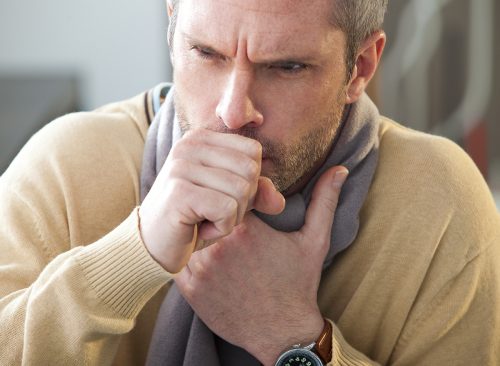
If you notice yourself coughing or wheezing and it doesn’t seem to go away, it could be a sign that fluid is building up in your lungs.
11
Fatigue
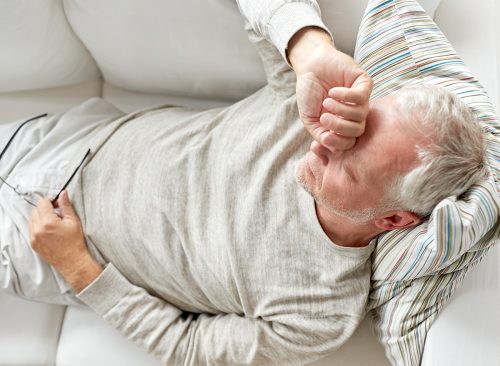
Everyone feels tired on occasion, but if you are noticing that you are feeling more run down than usual and you feel like you cannot do your daily activities because of your overwhelming fatigue, it could be a sign that your heart is in danger. Many women also report feeling severely tired before or during a heart attack.
12
You Have a Family History of Heart Disease

Even if you have no symptoms of heart issues, if you have a family history of heart disease or unexplained death, you should be seriously proactive when it comes to your heart health, urges Dr. Friedman.
13
You Have Other Medical Issues That Put You at Risk for Heart Disease

High blood pressure, diabetes, high cholesterol, kidney disease, autoimmune disease, HIV/AIDS, cancer requiring chemotherapy and/or chest radiation are all medical issues that can make you prone to heart disease, points out Dr. Friedman. If you suffer from any of these, you should pay extra attention to your heart.
14
Nausea, Heartburn, Stomach Pain, or Indigestion

One easy-to-miss sign you are having a heart attack—especially in women—is experiencing tummy troubles. Obviously, many people tend to brush these off as the result of something they ate.
15
Numbness in Legs

If the blood vessels in your body are narrowing, you might notice pain, numbness, weakness or coldness in your legs or arms, warns The Mayo Clinic. This can be a symptom of heart disease in your blood vessels (atherosclerotic disease).
16
So what’s wrong with your heart?
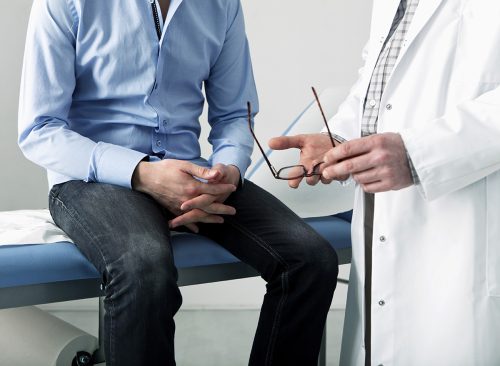
If you’ve experienced any of the symptoms you’ve just read about, they may be connected to the following 15 types of heart disease.
17
Coronary Artery Disease
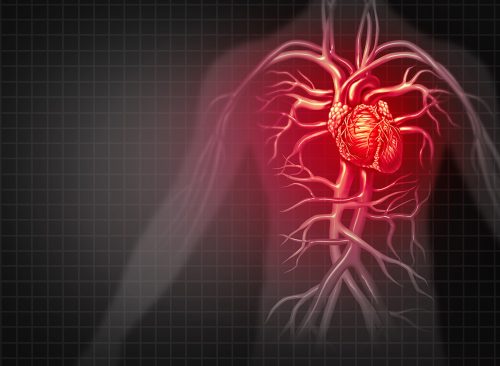
The most common type of heart disease is coronary artery disease (CAD), which can lead to a heart attack. Coronary artery disease occurs when plaques composed of lipids, cholesterol, calcium, and other materials develop in the walls of the blood vessels that feed the heart. If allowed to progress, the narrowed arteries can’t deliver sufficient blood to the heart, resulting in painful cramps, known as angina or chest pains. “If the arteries get clogged, you will suffer a heart attack,” explains Peterson Pierre, MD, founder of the Pierre Skin Care Institute.
18
Heart Failure
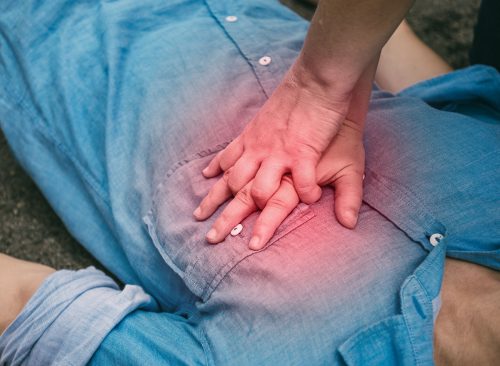
Over time, coronary artery disease, diabetes, high blood pressure, heart attacks, and certain infections can weaken the heart and decrease its ability to pump blood throughout the body. This is known as heart failure. “It can lead to symptoms such as shortness of breath, swelling, fatigue, light-headedness,” Dr. Pierre points out. If you get to that point, you will need medications, some type of surgical intervention, and maybe even a heart transplant—which is really the only cure for it.
19
Atrial Fibrillation or AFib
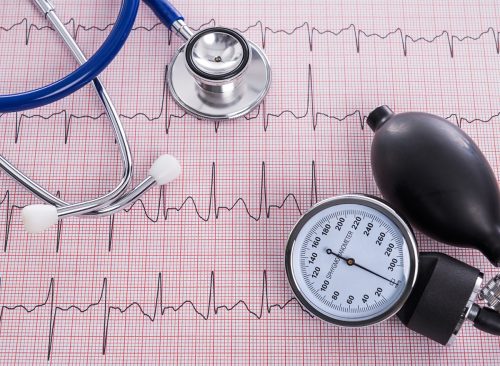
Atrial fibrillation, also referred to as AFib, is the most common type of abnormal heart rhythm, explains Devender Akula, MD, cardiac electrophysiologist of the Heart & Vascular Institute, AtlantiCare Regional Medical Center, and AtlantiCare Physician Group Cardiology. “It occurs when the top chambers of the heart, the atrium, beat too quickly and irregularly,” he says. In general, those with AFib have a five-times-higher risk of stroke than those without AFib. The signs of AFib are usually relatively noticeable: if you’ve suddenly become short of breath when you are relaxing, your heart is racing as you watch your favorite comedy (which has absolutely no violence and no suspense), or most of your day is spent fighting off fatigue and an “off” feeling.
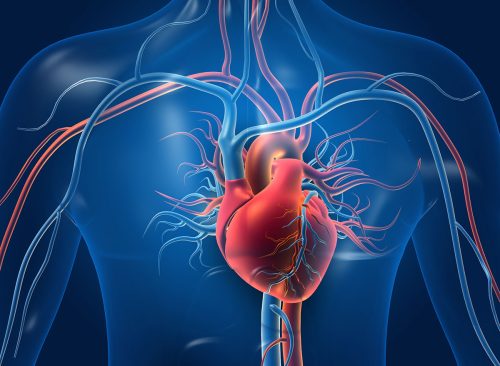
Peripheral Arterial Disease (PAD) is a narrowing or blockage of the vessels that carry blood from the heart to the feet, legs, and other limbs, explains James Herrington, MD, medical director of Heart and Vascular Institute, AtlantiCare Regional Medical Center and vascular surgeon, AtlantiCare Physician Group Cardiology. Unfortunately, most people don’t have symptoms of PAD until the blockage is advanced—and often by then, it has caused a stroke or a heart attack or, in some cases, gangrene and led to the loss of a foot or leg. “Patients will often say, ‘I thought something wasn’t right, but I thought I was just tired,’” says Dr. Herrington. “The most common symptom is numbness and pain in the legs when walking or doing other exercises. Some with PAD have sores on their feet or legs that don’t heal quickly or shiny skin on their legs. Those at risk include people who smoke, have high blood pressure, high cholesterol, or diabetes, and/or are obese. Those with a family history of those issues, heart attack, stroke, or of PAD are also at risk.”
21
Acute Coronary Syndrome
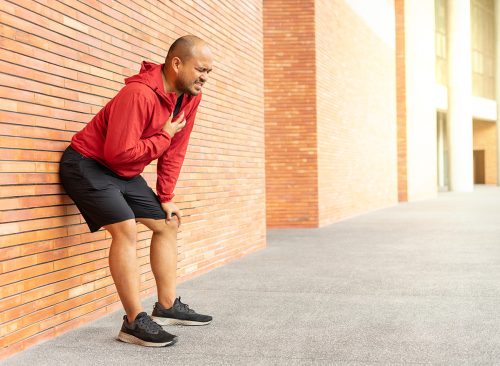
According to the CDC, acute coronary syndrome is a term that includes heart attack and unstable angina.
22
Angina

The CDC explains that angina is a symptom of coronary artery disease. It refers to chest pain or discomfort that happens when the heart muscle is not getting enough blood and may feel like pressure or a squeezing pain in the chest or also in the shoulders, arms, neck, jaw, or back. Sometimes, it even feels like indigestion. There are two forms of angina. Stable occurs during physical activity or under mental or emotional stress. Unstable is a type of chest pain that occurs while at rest when there is no apparent reason. This is the most dangerous and is considered a medical emergency.
23
Aortic Aneurysm and Dissection
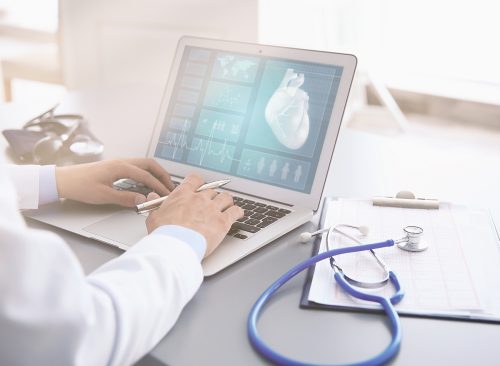
These are conditions that may impact the aorta, the major artery that carries blood from the heart to the body. The CDC explains that an aneurysm is an enlargement in the aorta that can rupture or burst, while a dissection is a tear in the aorta, which is a medical emergency.
24
Arrhythmias

If your heart is beating irregularly—fast or slow heartbeats—it could be an arrhythmia. Arrhythmias can be serious, the CDC points out. One example is called ventricular fibrillation. “This type of arrhythmia causes an abnormal heart rhythm that leads to death unless treated right away with an electrical shock to the heart (called defibrillation),” they explain. While other arrhythmias are less severe, they have the ability to develop into more serious conditions, such as atrial fibrillation, which can cause a stroke.
25
Atherosclerosis
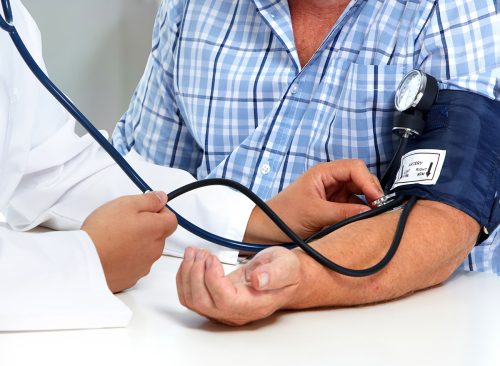
This condition occurs when plaque builds up in the arteries that supply blood to the heart (aka coronary arteries). Plaque is made up of cholesterol deposits, and over time, the buildup causes arteries to narrow.

When the heart muscle becomes enlarged or stiff, cardiomyopathy can occur. It can lead to inadequate heart pumping (or weak heart pump) as well as other problems. What causes it? The CDC explains that a family history of the disease, prior heart attacks, uncontrolled high blood pressure, and viral or bacterial infections can be the culprit.
27
Congenital Heart Defects

Unlike many of the other heart problems mentioned, congenital heart defects don’t develop over time—they are present at birth. Surprisingly, according to the CDC, they are the most common type of major birth defect and can range from mild to severe. Some examples include abnormal heart valves or holes in the heart’s walls that divide the heart’s chambers.
28
Marfan Syndrome

The CDC explains that Marfan syndrome is a genetic condition affecting the connective tissue providing support for the body and organs. It can be extremely damaging to blood vessels, heart, eyes, skin, lungs, and the bones of the hips, spine, feet, and rib cage.
29
Pulmonary Hypertension
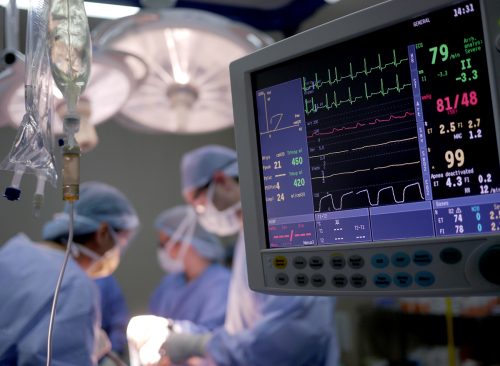
When the pressure in the arteries leading from the heart to the lungs is too high—which can be the result of connective tissue disease, liver disease, emphysema, and chronic blood clots in the lungs—pulmonary hypertension can occur. Symptoms include shortness of breath and fatigue.
30
Rheumatic Heart Disease

This rare condition is a complication of rheumatic fever, explains the CDC, and can develop after a sore throat caused by streptococcal bacteria. The infection can cause damage to the heart valves.
RELATED: 90% of People Who Die From COVID Have This in Common
31
Valvular Heart Disease
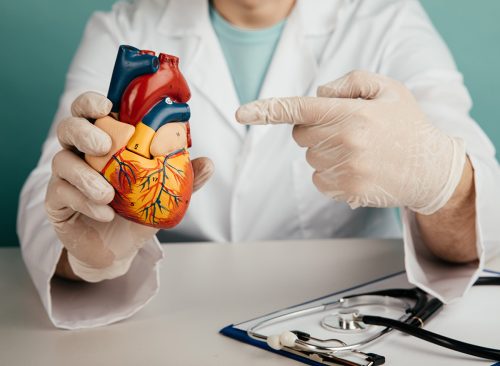
When a heart valve is healthy, its leaflets can fully open and close the valve during the heartbeat. However, when a valve is diseased it may not have the ability to fully open and close, which means the heart can’t effectively pump blood throughout the body and must work harder to pump—either while the blood is leaking back into the chamber or against a narrowed opening. This can be incredibly dangerous, leading to heart failure, sudden cardiac arrest, heart palpitations, shortness of breath, or swelling in the legs and feet.














